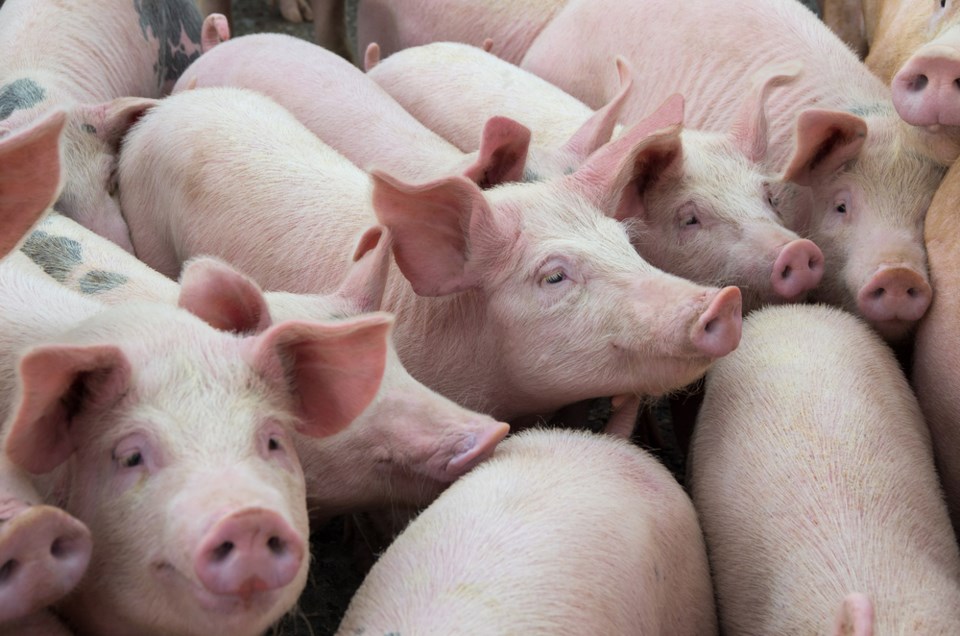The decision by China to start accepting Canadian pork and beef again comes as welcome news to producers.
Industry estimates the freeze in imports since June has cost producers $100 million.
An Alberta Agriculture report on global protein demand indicates reasonable growth in demand with a significant shift in trade movements.
“A main driver is the rapid spread of African Swine Fever we are seeing in Asia and how this event is going to change traditional protein flows and consumption levels,” said report author Jason Wood.
Various estimates conclude that China will lose from 25 per cent to 35 per cent of pork production over the fever.
Some estimates claim Chinese shortfall of pork production will exceed total annual global pork exports of 6.1 million tonnes.
China has the largest pork herd in the world.
United States Department of Agriculture estimates forecast a decline of 12 per cent in Chinese meat consumption with 22 per cent in pork while Chinese will increase beef use three per cent and chicken consumption by 15 per cent.
Wood predicts a 10 per cent reduction in global pork production to 95.2 million tonnes with chicken production passing pork.
Three countries with swine fever will lose pork production showing decreases of 25 per cent in China, 16 per cent in the Philippines and six per cent in Vietnam.
Pork production increases occurring are five per cent in Brazil and the U.S, four per cent in Mexico and three per cent in Russia.
Canadian protein production for beef and veal will be steady at about 1.3 million tonnes with pork just over two million tonnes.
Chicken production will be about 1.3 million tonnes.
Ron Walter can be reached at [email protected]




